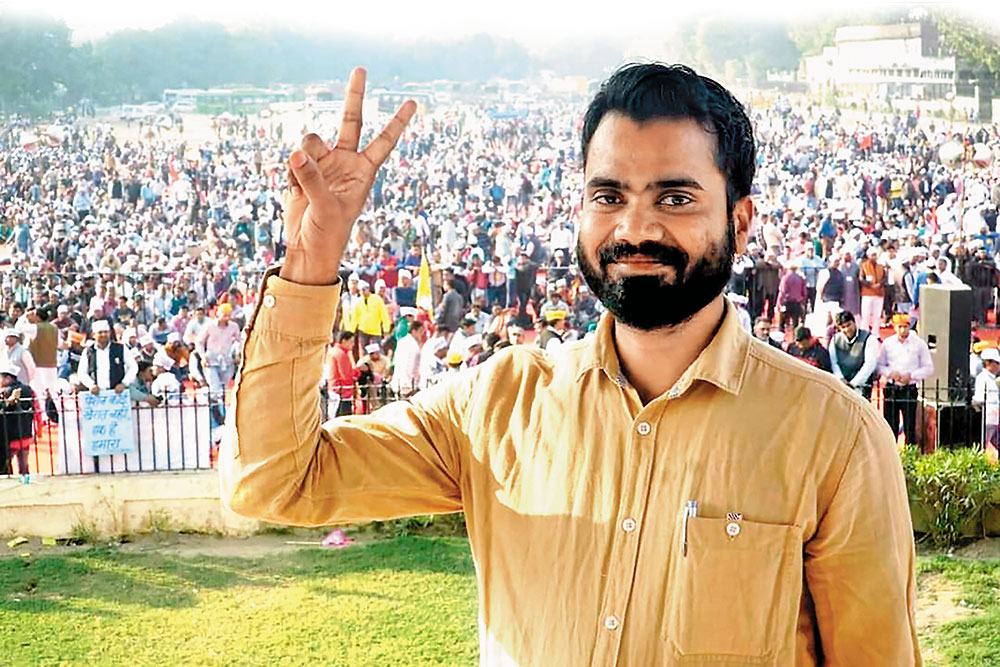On January 1, 2004, when the Centre scrapped the old pension scheme and introduced its amended version, terming it a pro-employee move, it hardly faced resistance from any quarter. All the states, except West Bengal, followed the Centre’s decision and implemented the new pension scheme. Today, things are different.
In recent years, there has been strong opposition to it from a substantial section of government employees who claim that the old pension scheme was far better than the new one, as it promised more monetary benefits post-retirement and enhanced financial security in old age.
The agitation has shown results. For the first time in 16 years, three states—Rajasthan, Chhattisgarh and Jharkhand—reverted to the old scheme in 2022. Moreover, Punjab has recently announced the adoption of the old scheme. While the financial implications of the scheme are a matter of debate among economists, it has become a political issue where opposition parties like the Congress and others have come out in its support.
Power Behind the Protest
Behind the agitation are a handful of workers who moved from strength to strength, building up a countrywide movement. They floated societies in their respective states under the banner of the National Movement for Old Pension Scheme (NMOPS) and started mobilising employees.
“When I joined the Delhi government’s education department in 2007, I started studying the implications of the new pension scheme and found that it deprives the government employees of their rights to get decent pension post-retirement,” 40-year-old Manjeet Singh Patel, one of the office-bearers of NMOPS, says.
Like him, Vijay Kumar in Uttar Pradesh, Vijender Dhariwal in Haryana, Sukhjeet Singh in Punjab, Pradeep Thakur in Himachal Pradesh and Sushant Panda in Odisha studied the new scheme and found that it did not serve the welfare of retired government employees.
They wrote articles and voiced their opinion on different platforms, but there were few takers for their views. “Initially, there was no support from the media, as they refused to talk about our grievances. We took to the social networking site Orkut around 2010 when it was popular,” recalls Dhariwal.
Later on, they became vocal on Facebook and Twitter. They also started travelling to other states, holding small gatherings, meetings and awareness camps to educate employees about the benefits of the old pension scheme.
Success on the Ground
The movement started gaining momentum after 2014 when a lot of daily wage workers, whose services had been regularised in 2004, retired in 2014 after 10 years of service.
“Many of them get a monthly pension as low as Rs 500, whereas in the old scheme they would have got 50% of their last-drawn salary,” Kumar says, adding that that was when retired employees had started contacting them and showed solidarity.
“Our first big protest took place in Delhi at the Ramleela Ground on April 30, 2018, where around 1.5 lakh people from nine states assembled, but we did not get any media coverage,” he adds.
The biggest support, Patel says, came from Delhi chief minister Arvind Kejriwal, who cleared the old pension scheme in the Delhi Assembly in November 2018. “However, it provided just moral support to the movement. Employees of the Delhi government draw their salaries from the Centre and are governed by the rules and regulations of the Department of Personnel and Training. So, unless the Central government adopts the old pension scheme, the Delhi government’s adoption makes no difference to the employees,” Patel explains.
A big achievement for NMOPS came on April 18, 2022, when the Rajasthan government issued a notification for the implementation of the old pension scheme. Also, “the Centre admitted that there were flaws in the new scheme and amended it on April 1, 2019, by increasing its contribution from 10% to 14%”, Patel points out.
He dismisses the argument that the old pension scheme will cause a huge financial burden to the state, asking instead why people who make this argument are silent about government waiver of loans of thousands of crores to big industrialists.
Churning within the Government
Patel draws attention to a report of the Comptroller and Auditor General of India on the new pension scheme for 2018, which criticised the government for lackadaisical approach in its implementation and observed that there were serious deficiencies in its implementation even after over 15 years since its introduction in 2004. However, it refrained from saying that it was “not a good scheme”.
Patel also highlights the Second National Judicial Pay Commission’s report, which was submitted to the government on February 6, 2020. The commission said, “Recommendation has been made to discontinue the New Pension Scheme (NPS) which is being applied to those entering service during or after 2004. The old pension system, which is more beneficial, will be revived.”
There are about 80 lakh employees who are impacted by the new pension scheme, and Patel sees it as a big issue in the upcoming state elections. “We will not sit quiet until we get the old pension scheme implemented across the country,” he reiterates, adding that they are gearing up to petition the Supreme Court.











